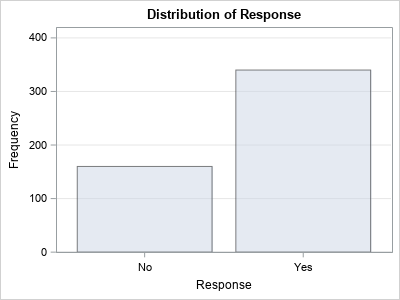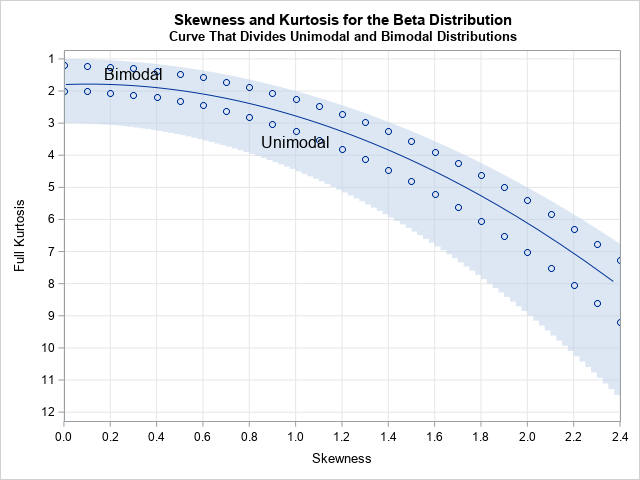 Just this morning, the course leader at our newly created SAS Space & Astronomy School told me that they picked up a broadcast signal from outer space. By analysing all the data they have been collecting, they were able to quickly spot a spike in the trend pattern, which helped them pinpoint the exact location of the signal.
Just this morning, the course leader at our newly created SAS Space & Astronomy School told me that they picked up a broadcast signal from outer space. By analysing all the data they have been collecting, they were able to quickly spot a spike in the trend pattern, which helped them pinpoint the exact location of the signal.
Within a few hours, they established a conversation channel and are in the process of exchanging information. Scientists are hoping this may enable them to paint a picture of what could be a living environment and home to extraterrestrial inhabitants.
Picking up mystery signals from outer space is not unusual. Astronomers monitor for pulses from deep space all the time. But the lack of similar findings by facilities, other than other than the Parkes radio telescope in Australia, has left scientists baffled by what this could mean.
We are waiting with bated breath for more developments but it could be an earth-shattering breakthrough. We only recently set up the SAS Space & Astronomy School to help train and develop future astronauts, in response to various space programmes.
Sounds like science fiction? Quite possibly…it is April Fools’ Day after all!
But returning to reality, the Mars One mission to send humans to colonise the Red Planet by the mid-2020s has raised a few eyebrows. The feasibility of the project’s selection process, timelines and budget are just a few of the recent concerns. Yet, the one-way trip to the red planet hasn’t deterred willing volunteers putting themselves forward for the mission.
Of course, it will be one of the biggest technical, physical and psychological challenges of our time. To have humans living on Mars will be more breathtaking than seeing Armstrong becoming the first man to walk on the moon.
Becoming an astronaut doesn’t happen overnight. It takes many years of education and experience to meet the basic qualifications. Only a fraction of one per cent ever make it into space training programmes. That’s why we need talented scientists who can make the grade, and make the most of the available technology.
Using SAS advanced analytics, we are analysing and extracting insights from data that will be open to astronauts and space scientist from around the world. We have the technology to analyse a huge amount of structured and unstructured data, and we want to find the analytical talent to drive this forward.
SAS is actually involved in the search for intelligent life somewhere in our universe. An amateur astronomer in Chicago named Robert H. Gray, has been using SAS in his search for radio signals from other worlds. You can read about his story and his ‘wow’ discovery here.
For other real life examples of how predictive analytics supports marketing, risk, operations and more to create competitive advantage, download our report.
You can also check out where Gartner ranked SAS for advanced and predictive analytics earlier this year in its 2015 Magic Quadrant for Advanced Analytics Platforms report.




